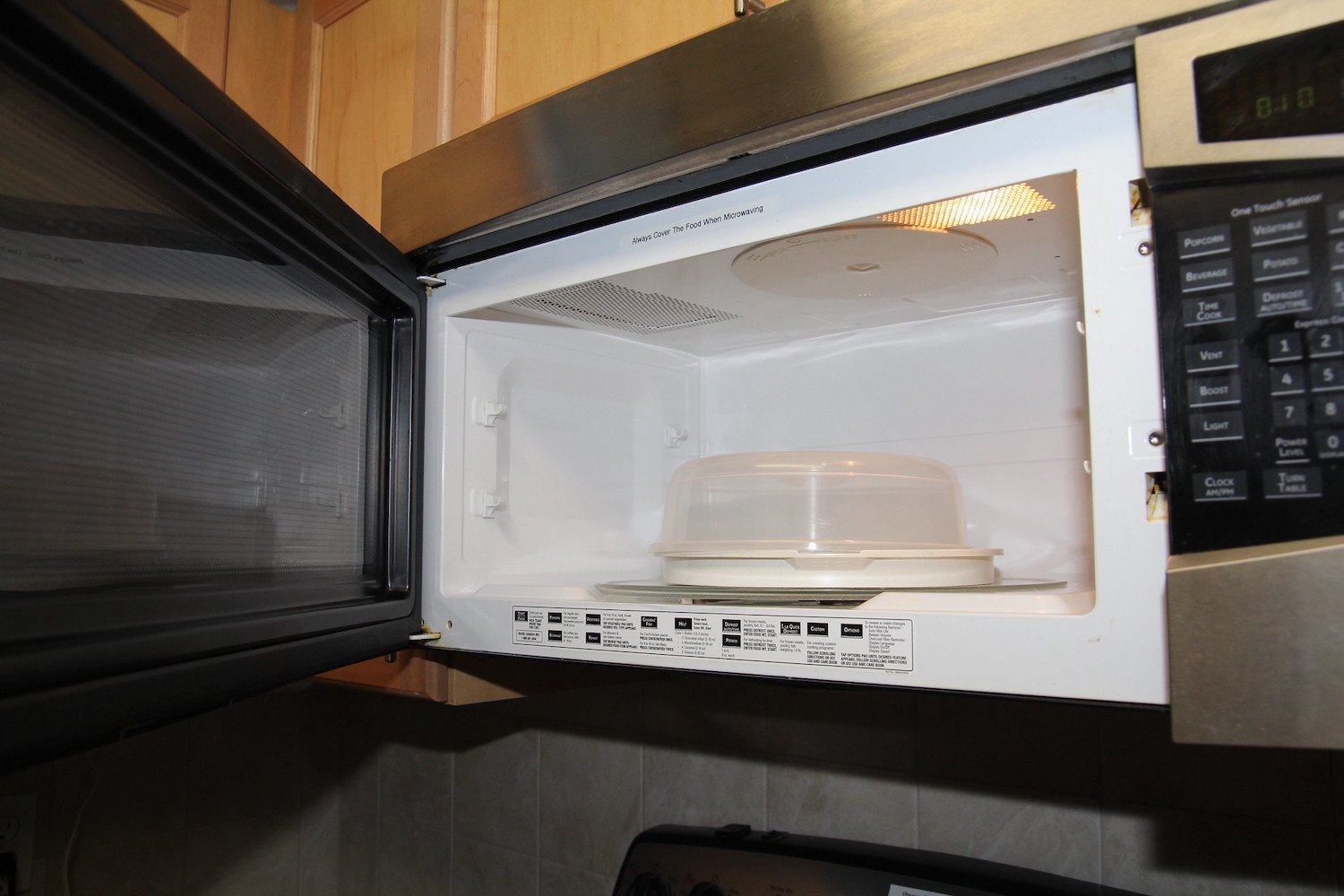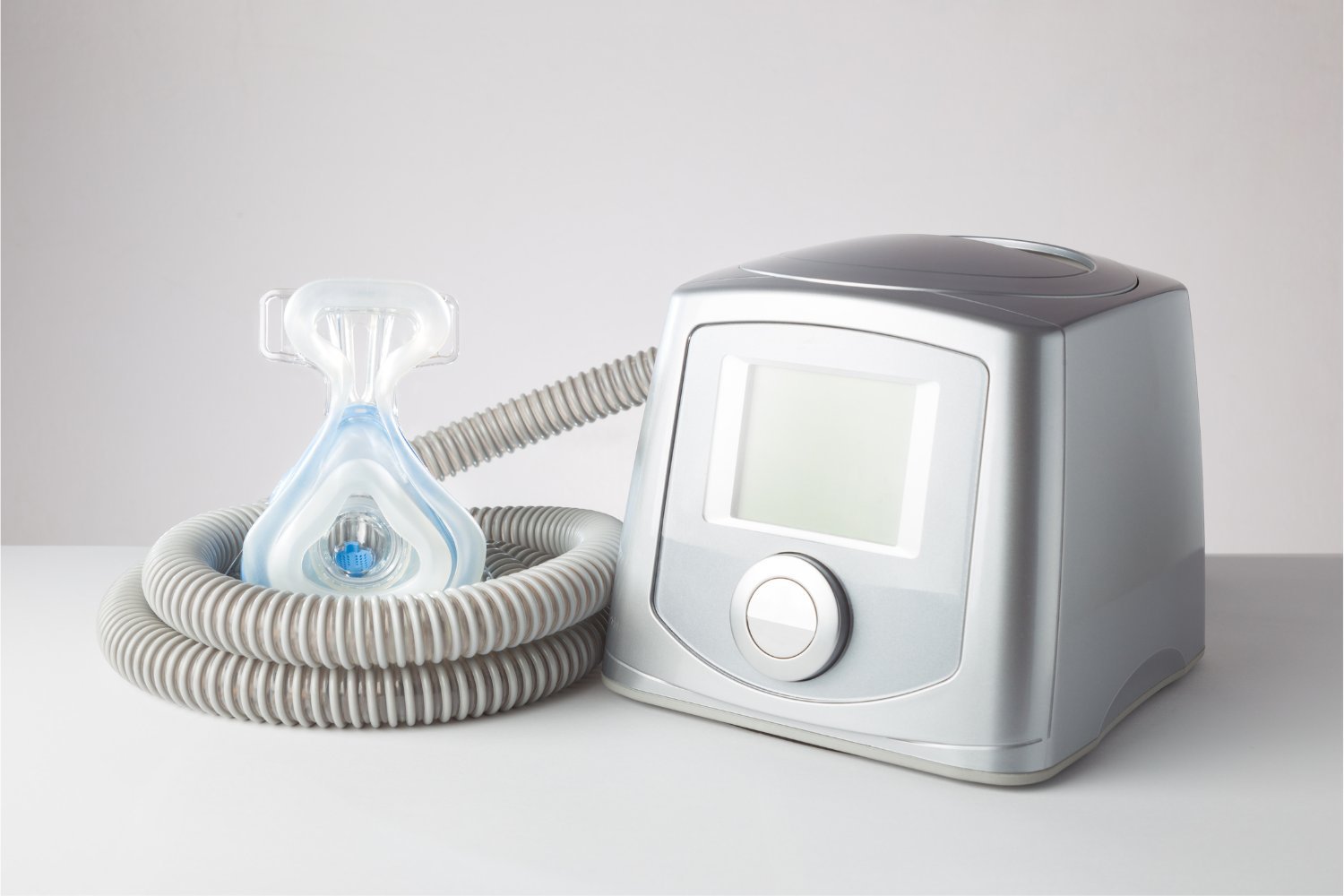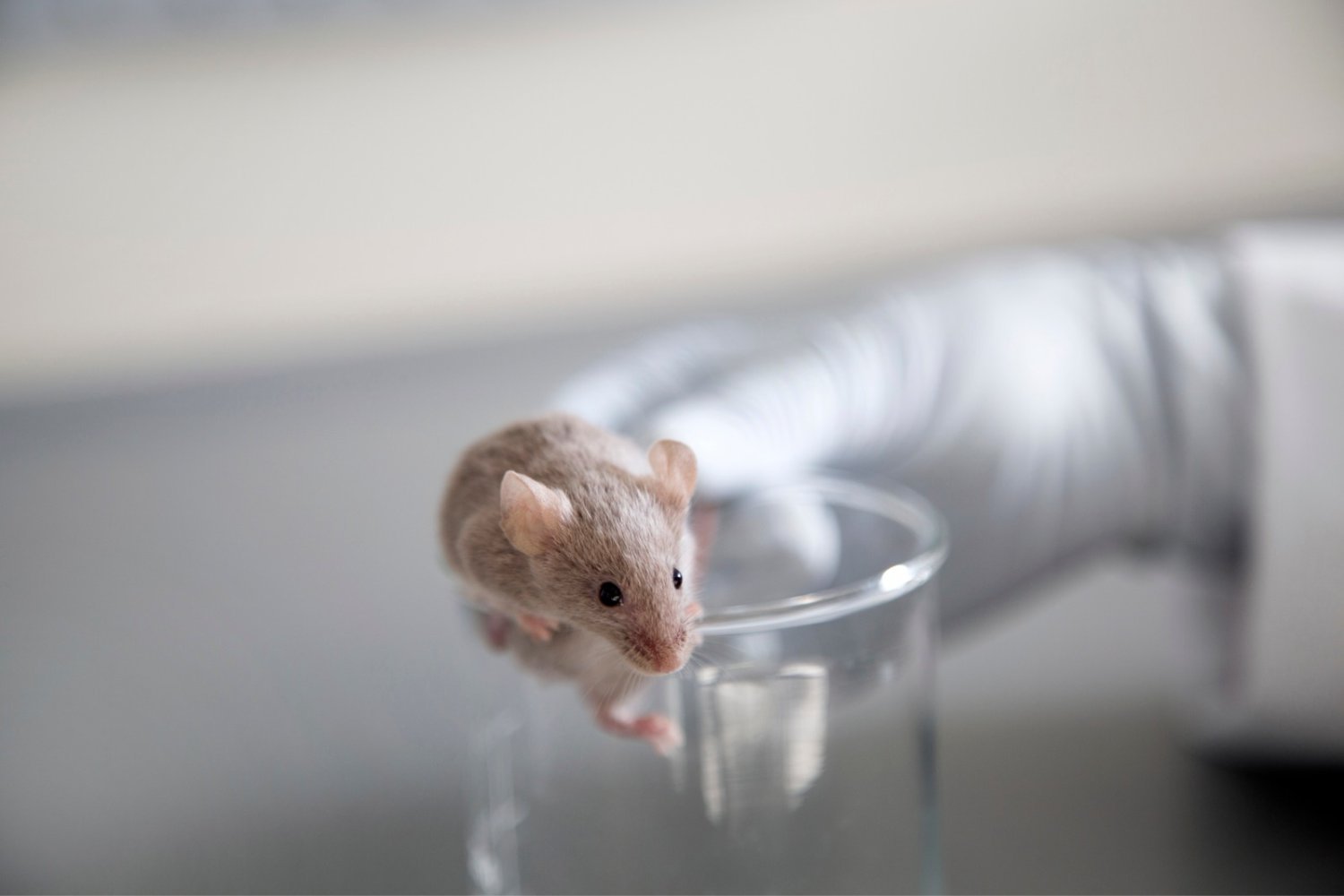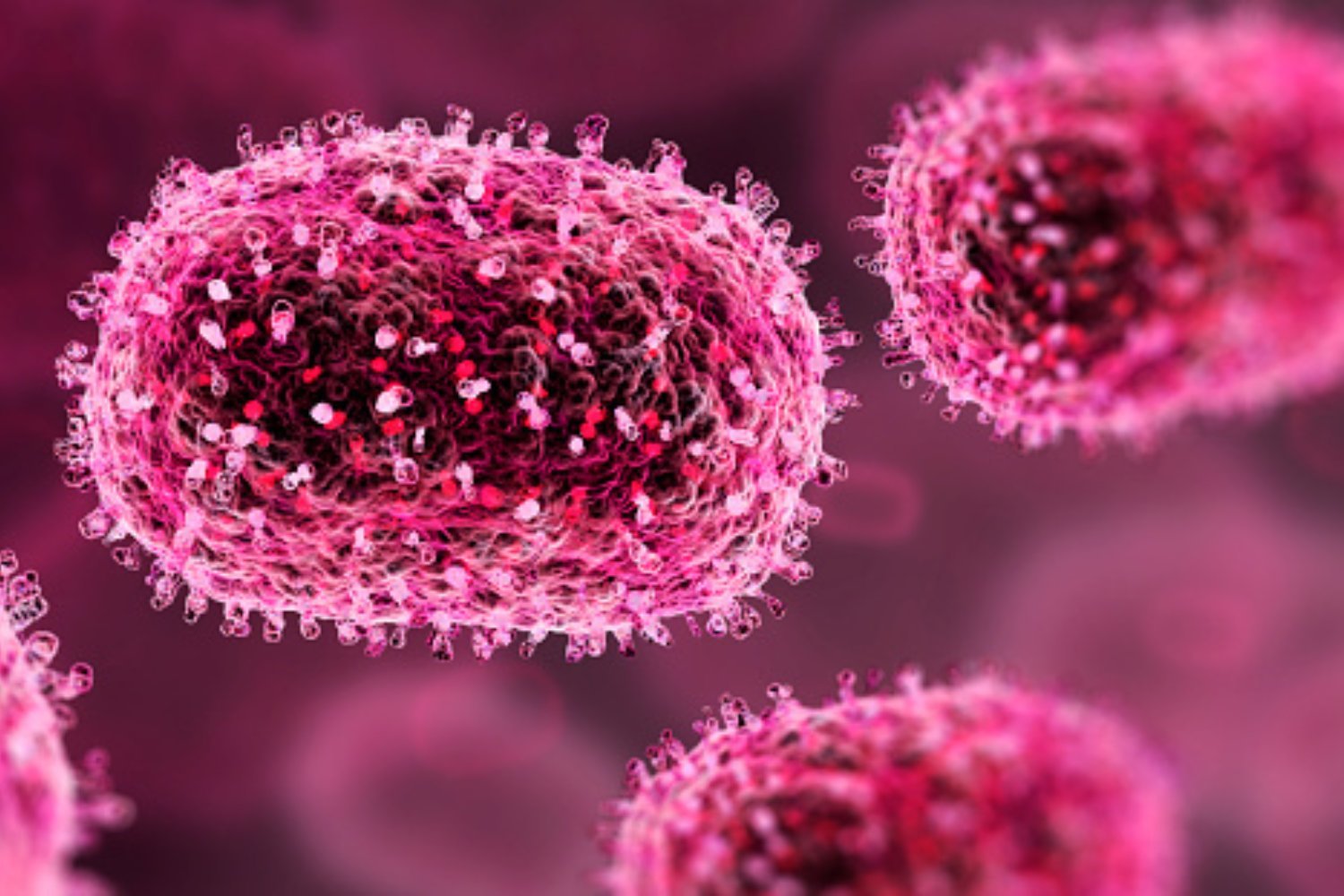A recent study reveals that microwaves can harbor a surprising diversity of bacteria, some of which are potentially harmful. Researchers examined 30 microwaves, identifying nearly 750 different bacterial species. While this might sound alarming, it’s important to understand the context and what it means for your health.
Microwaves in various settings, including homes and laboratories, were analyzed. The study found distinct microbial communities in each environment. Domestic microwaves hosted bacteria similar to other kitchen surfaces, while lab microwaves housed more radiation-resistant species, comparable to those found on solar panels. This difference is likely due to the unique conditions in each setting, such as exposure to electromagnetic radiation and fluctuating temperatures.
Among the bacteria found in domestic microwaves were Klebsiella, Enterococcus, and Aeromonas. While these genera can pose health risks, including pneumonia and blood infections, their presence in microwaves isn’t necessarily cause for panic. According to Daniel Torrent, a researcher at Darwin Bioprospecting Excellence SL, “the microbial population found in microwaves does not present a unique or increased risk compared to other common kitchen surfaces.”
It might seem strange that anything can survive the intense heat generated by a microwave. However, the radiation itself doesn’t kill microbes. Microwaves use non-ionizing radiation, a type that lacks the energy to alter cells at the levels found in kitchen appliances. The FDA confirms that it’s the heat produced by the microwave, not the radiation, that eliminates bacteria in food when cooked for the appropriate time.
The type of bacteria found in a microwave is often influenced by its surrounding environment. Shared spaces and single-home kitchens had less diverse bacterial communities than laboratory microwaves. This suggests that human interaction plays a role in shaping the microbiome of domestic microwaves.
Lab microwaves, on the other hand, showed a different pattern. Their bacterial populations resembled those found on solar panels, likely due to the similar environmental challenges in both locations, including exposure to radiation and temperature fluctuations. These conditions favor the survival of only the most resilient bacterial species.
So, what does this mean for your kitchen habits? While the presence of bacteria in your microwave is normal and not inherently more dangerous than other kitchen surfaces, regular cleaning is crucial. Torrent recommends using diluted bleach or a disinfectant spray to sanitize your microwave and promptly cleaning spills to prevent bacterial growth.
In conclusion, maintaining a clean microwave is essential for kitchen hygiene. While the presence of bacteria is inevitable, regular cleaning can minimize potential health risks and ensure your microwave remains a safe and efficient appliance.











